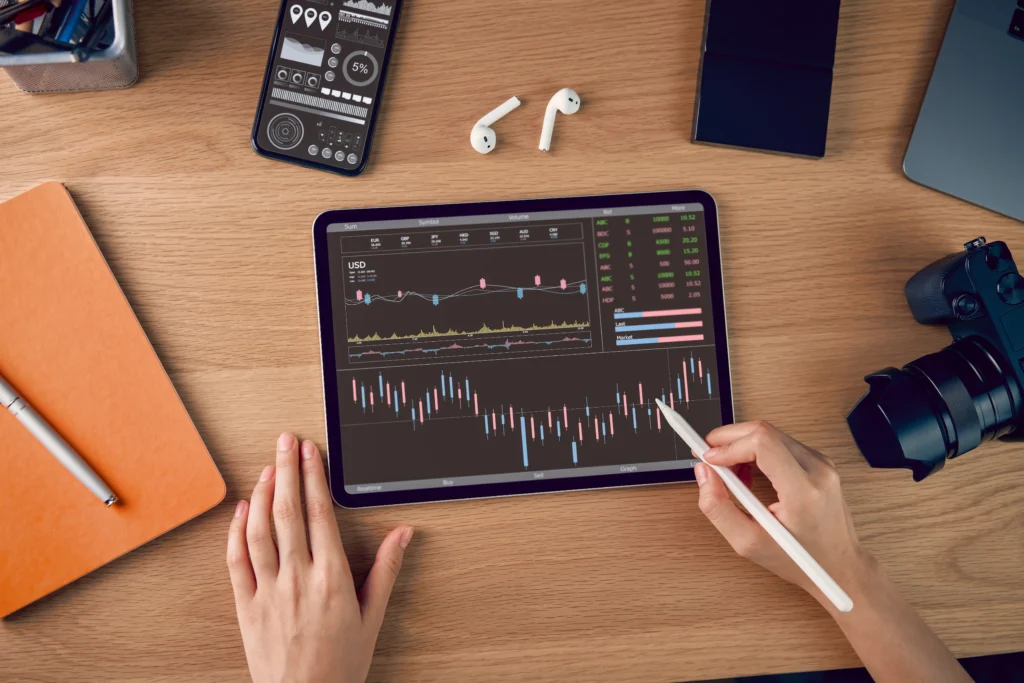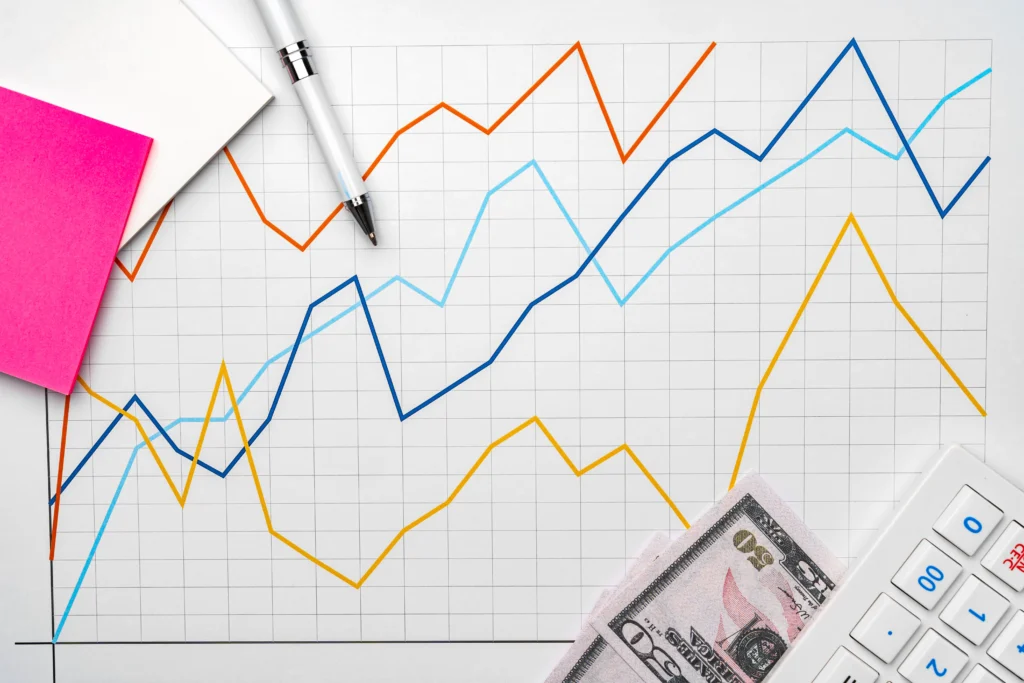Forex market sentiment is a critical factor that drives currency price movements. It reflects the collective mindset of market participants—whether they are optimistic or pessimistic about a currency pair. By analyzing market sentiment, traders can gain valuable insights into future price actions, making it an indispensable tool for both short-term and long-term strategies. This guide explores the concept of forex market sentiment, its significance, and how traders can integrate sentiment analysis into their trading plans.
What Is Forex Market Sentiment?
Forex market sentiment refers to the overall attitude of traders and investors toward a particular currency or the forex market as a whole. It is influenced by:
- Economic Data: Indicators such as GDP growth, inflation rates, and employment figures.
- Geopolitical Events: Political stability, elections, and conflicts.
- Market Trends: Current price trends and technical patterns.
- News and Media: Headlines and reports that shape public perception.
By understanding market sentiment, traders can anticipate potential price movements and adjust their strategies accordingly.

Importance of Forex Market Sentiment
Market sentiment plays a vital role in forex trading for several reasons:
- Identifying Trends: Determine whether the market is bullish, bearish, or neutral.
- Predicting Reversals: Spot potential turning points based on shifts in sentiment.
- Enhancing Risk Management: Align positions with the prevailing market mood to mitigate risks.
- Supporting Other Analyses: Complement technical and fundamental analysis for a holistic approach.
Tools for Measuring Market Sentiment
Several tools and indicators help traders gauge forex market sentiment effectively:
- Commitment of Traders (COT) Reports: Published weekly by the CFTC, these reports show how major players are positioned in the market.
- Sentiment Indicators: Tools like the Fear and Greed Index and sentiment indices provided by brokers.
- Volume Analysis: High trading volumes often indicate strong sentiment in a particular direction.
- Social Media Trends: Monitor platforms like Twitter and Reddit for real-time sentiment cues.
- News Sentiment Analysis: Analyze headlines and news reports for positive or negative tones.

Integrating Market Sentiment into Your Trading Strategy
To effectively use market sentiment, follow these steps:
- Combine with Technical Analysis: Use sentiment data to validate technical setups.
- Monitor Key Levels: Align sentiment analysis with support and resistance levels.
- Leverage Forex Signals: Use reliable services like FXTradeSignal for real-time recommendations influenced by sentiment data.
- Stay Updated: Regularly check sentiment reports and updates to adapt to market shifts.
- Set Risk Parameters: Adjust stop-loss and take-profit levels based on sentiment-driven volatility.
Conclusion
Understanding forex market sentiment is key to anticipating price movements and making informed trading decisions. By analyzing the collective mindset of market participants, traders can gain a competitive edge in identifying trends and managing risks. Incorporate tools like sentiment indicators, volume analysis, and forex signals into your strategy to stay ahead of the market. With a disciplined approach and reliable resources, you can harness market sentiment to enhance your trading performance.
























